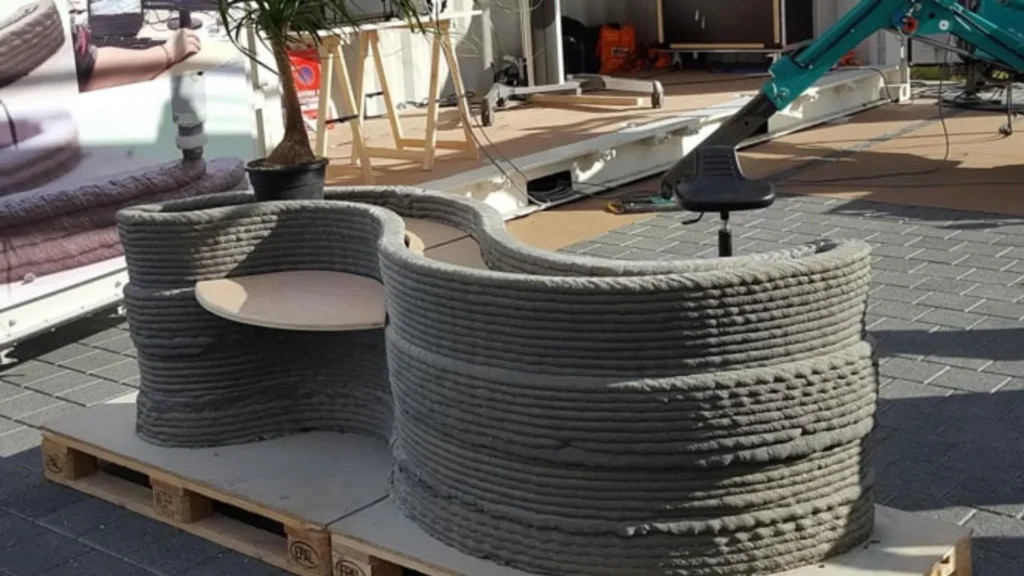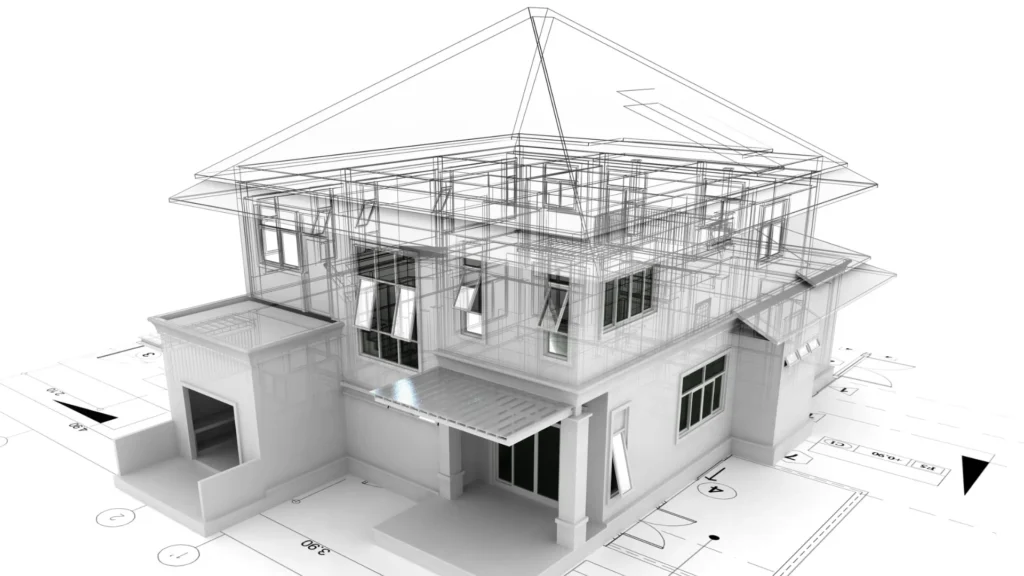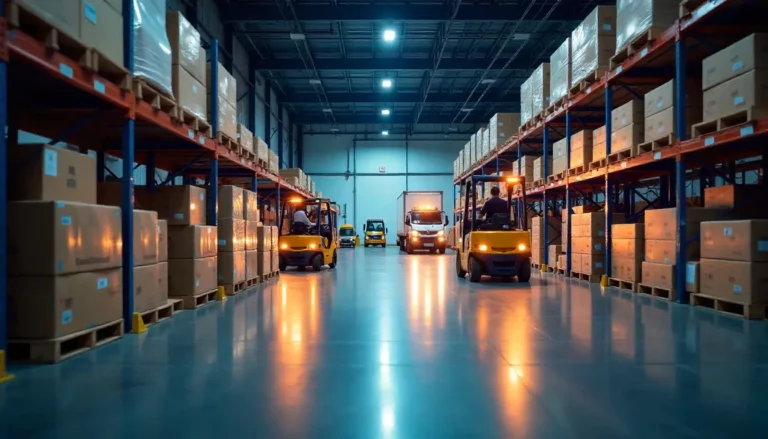
3D Construction Technology
Imagine buildings rising from the ground, not with armies of workers and noisy machinery, but guided by giant robotic arms, creating structures with incredible speed and precision. It sounds like something out of science fiction, right? Well, welcome to the reality of 3D printing in construction!
3D printing in construction is rapidly changing how we think about building everything from homes and bridges to infrastructure. It’s a game-changer that promises faster build times, lower costs, stunning design flexibility, and even more sustainable practices.
But when discussing 3D construction technology, it’s not just one single method. Like traditional building has different techniques (bricklaying, timber framing, steel structures), additive manufacturing construction also uses various approaches to deposit materials. Let’s take a look at the main types of 3D construction technologies that are literally building our future.
Types of 3D Construction Technology
While the field is always evolving, here are the primary methods being used to create structures and components:
Material Extrusion (The Most Common “Concrete Printer”)
This is the technology you likely see most often in videos of 3D printed homes. It involves a robotic system extruding a continuous bead of concrete or a similar paste-like material layer by layer, building up walls and other structural elements.
- Process: A special mix (often concrete or geopolymers) is pumped through a nozzle mounted on a robotic arm or gantry system, depositing precise layers that bond together.
- Used For: Primarily printing walls and the main structural shell of buildings.
Sprayable Concrete 3D Printing
Related to extrusion but distinct in application, this method uses a robotic arm to spray or project concrete material onto a surface, building up layers and forms. It’s often based on traditional shotcrete techniques but automated for precision.
- Process: Concrete mix is sprayed through a nozzle, often with accelerators added at the point of application, allowing layers to build up quickly on impact.
- Used For: Walls, freeform architectural elements, sometimes faster deposition for larger simple shapes, repairs.
Binder Jetting
This technique is less about printing the main walls of a building and more focused on creating components, molds, or specific structures using powdered materials and a liquid binder.
- Process: Layers of powder (like sand or special aggregates) are spread, and a print head jets a liquid binder onto the areas that need to solidify according to the design.
- Used For: Creating complex moulds for concrete casting, intricate architectural details, non-structural components, or using sand to print formwork directly.
It’s also important to note that 3D printed building materials are expanding beyond concrete to include polymers, earth-based mixes, and recycled materials, often adapted for these core processes. Many projects also use hybrid construction, combining 3D printing for the structure with traditional methods for roofs, windows, etc.

The Game-Changing Benefits of 3D Construction
Why are these technologies gaining so much traction? The advantages are significant:
- Speed: Construction time can be dramatically reduced – walls that might take weeks can sometimes be printed in a matter of days or even hours. This accelerates project timelines significantly.
- Cost Reduction: While the initial investment in equipment is high, construction automation can lead to lower labour costs, less material waste through precise deposition, and faster project completion, all contributing to potential cost savings, especially for repetitive designs or large projects.
- Design Flexibility: Additive manufacturing construction frees architects from the constraints of traditional building methods. It allows for the creation of complex curves, organic shapes, and intricate details that were previously prohibitively expensive or impossible to build.
- Sustainability: By using materials more efficiently and enabling the use of local resources or recycled aggregates, 3D printing in construction has the potential to significantly reduce waste and lower the environmental impact of building.
- Improved Safety: Automating dangerous tasks like working at height or handling heavy materials can lead to safer construction sites.
- Accessibility: Offers potential solutions for creating affordable housing rapidly and efficiently in areas where traditional building is slow or expensive.

Real-World Uses and Applications
So, where are we seeing these different types of 3D construction being applied?
- Residential Homes: Perhaps the most visible use. 3D printed homes are being built around the world to address housing shortages, provide affordable options, and showcase innovative designs.
- Infrastructure: 3D printing is being used for bridges, culverts, drainage structures, and retaining walls, often leveraging the speed and design freedom for complex geometries.
- Architectural Features: Creating unique facades, decorative elements, urban furniture, and interior features with complex shapes that would be difficult with conventional methods.
- Disaster Relief & Emergency Shelters: The speed of deployment makes 3D construction ideal for rapidly building temporary or semi-permanent shelters after natural disasters.
- Space Exploration: Agencies like NASA are exploring 3D construction as a way to build habitats on the Moon or Mars using local materials.
- Commercial and Public Buildings: While less common for skyscrapers, 3D printing is being used for smaller commercial buildings, kiosks, or specific parts of larger structures.
- Custom Moulds and Formwork: Binder jetting and sometimes extrusion are used to create complex molds or formwork for traditional concrete pours, enabling intricate final shapes.
The Future is Being Built
The types of 3D construction technology we’ve discussed – material extrusion, sprayable concrete, and binder jetting – are not just technological curiosities. They are powerful tools being used today to build faster, more affordably, more sustainably, and with unprecedented design freedom.
As the materials and processes continue to evolve, we can expect to see even more diverse and ambitious uses for 3D printing in construction, truly shaping the built world of tomorrow.






1 thought on “Types of 3D Construction Technology”